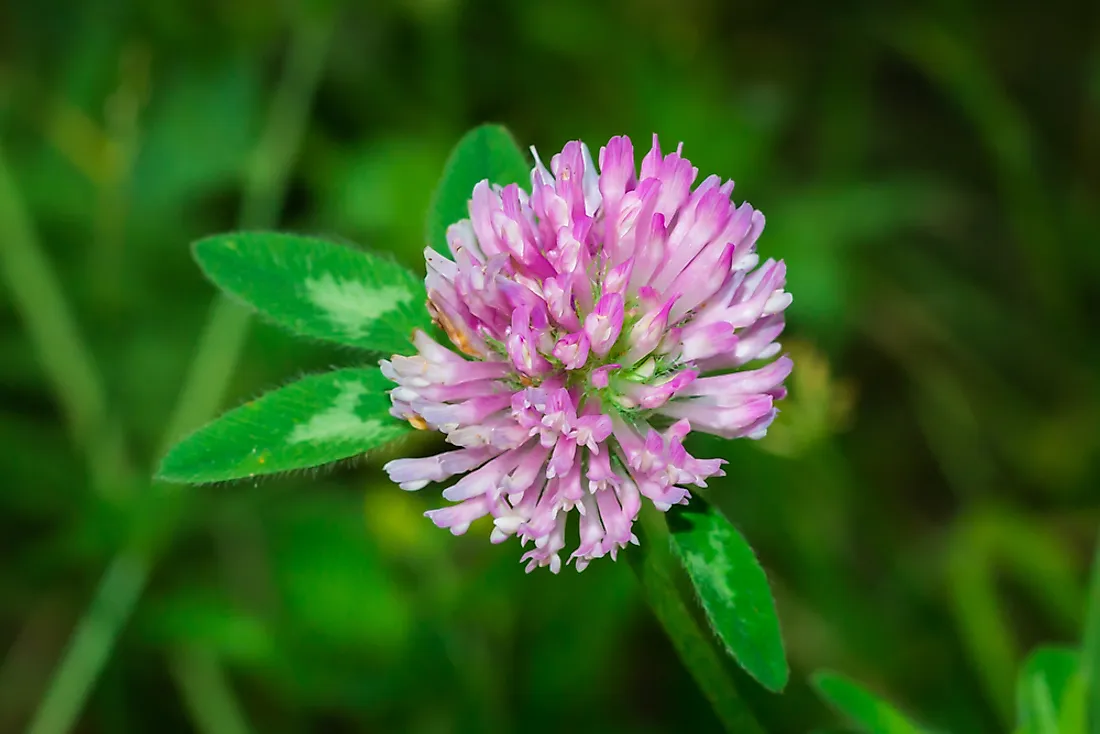What Is The State Flower Of Vermont?

The US state of Vermont has the red clover as the state flower, which is prominent in the countryside and along roadsides in Vermont where it grows wildly. The flower goes by the name cowgrass while some may refer to it as the Pavine Clover. The plant is also grown in plantations in Vermont. In the 1940s, it was grown for the purposes of feeding domestic animals and for exhibitions. Today, the flower has spread into neighboring states, though currently, it is slightly waning due to changing crop rotations.
History of the Red Clover in Vermont
During the colonial period when England was the colonial master over America, the English settlers brought with them the now famous red clover flower and planted them in the large plantations found in the northeastern US state. During the annual World Columbian Exposition that was held in Chicago, Illinois in 1893, the settlers in Vermont were inspired to adopt the red clover as their state flower. The flower was chosen because of its ability to not only withstand the elements in Vermont but also its ability to grow in the wild countryside. This wish of the people in Vermont was realized two years later.
Classification
The flower has been studied by botanists who have concluded that it belongs to the species pretense under the genus Trifolium, hence the scientific name Trifolium pratense. The flower is small in size and has the distinct red petals that attract bees since it has nectar. The flower grows to a height of between 15-60 centimeters and the flower head contains more than one hundred petals. The stems grow in an ascending manner and are erect. The stems are hairy and hollow to minimize the loss of water and they are strong since they have high concentrations of fiber. Animals eat the leaves of the red clover flower because they are edible and rich in nutrients.
Characteristics
Due to the well-developed and elaborate tap root system, the red clover flower can withstand the harsh dry climate of the mid-west region. The tap roots system enables the clover plant to get water deep in the ground and enable the plant to function well given that it grows in regions considered to be harsh for other types of flowers/plants. However, it does not mean that the plant can survive beyond its lifespan estimated to be at between one to three years. In moist soil, the red clover plant can sprout and grow well. When seasons change to winter, the plant can still thrive.
Benefits
There has been debate over the medicinal benefits of the red clover plant. The extract from the flower is believed to treat skin infections like eczema and relieve the vagaries of skin cancer. Despite this claim, scientists are not yet convinced by its ability to treat diseases and further studies are still being conducted to prove the claims. Animals who feed on the plant stand to suffer medically as a result of the hormone, isoflavones, which was deemed responsible for causing reproductive problems in animals. When consumed in large quantities, the hormone is believed to cause infertility.











